posted by
Samar on
May 10, 2013
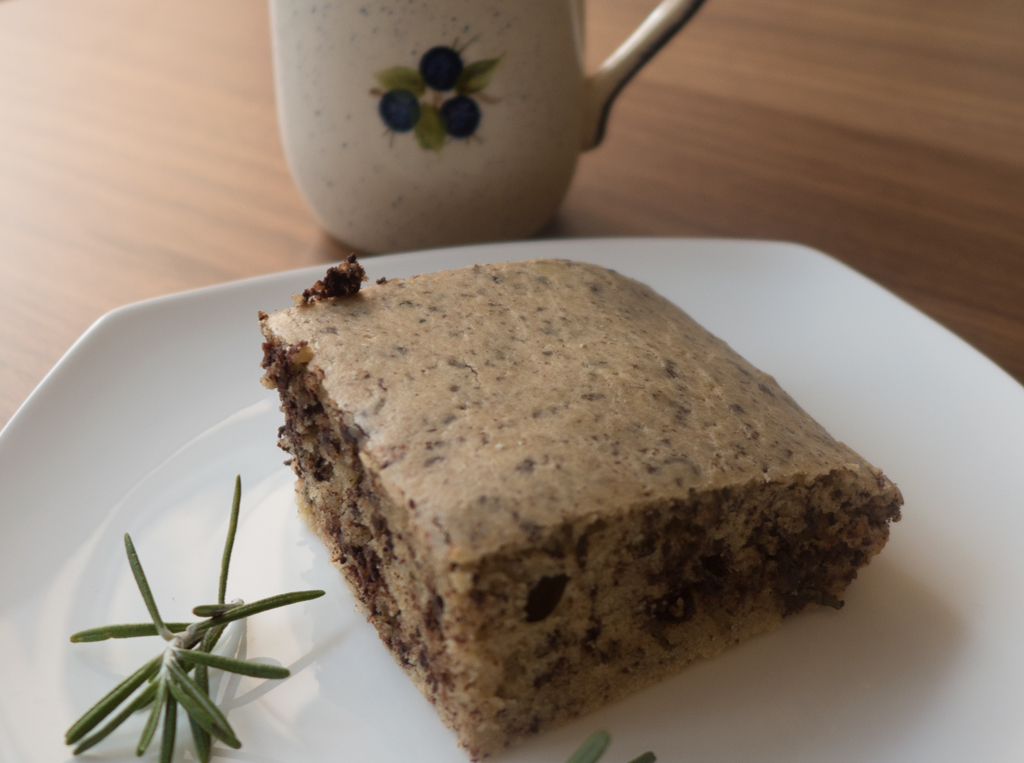
Observant readers will have noticed that one aspect distinguishing this blog from (seemingly) all others is the absence of cupcake recipes. Or, more generally, desserts. (Could this be why my readership remains, er, modest?) But, not having much of a sweet tooth, I seldom bake. It is saying something, then, that I have made today’s recipe for rosemary and bittersweet chocolate three times in the past two weeks. That’s how good it is! And simple, too: this cake practically bakes itself! By the way, you read that right: it contains rosemary as a key ingredient which, along with the bittersweet chocolate, adds an unusual and wonderful savory flavor.
posted by
Samar on
May 5, 2013
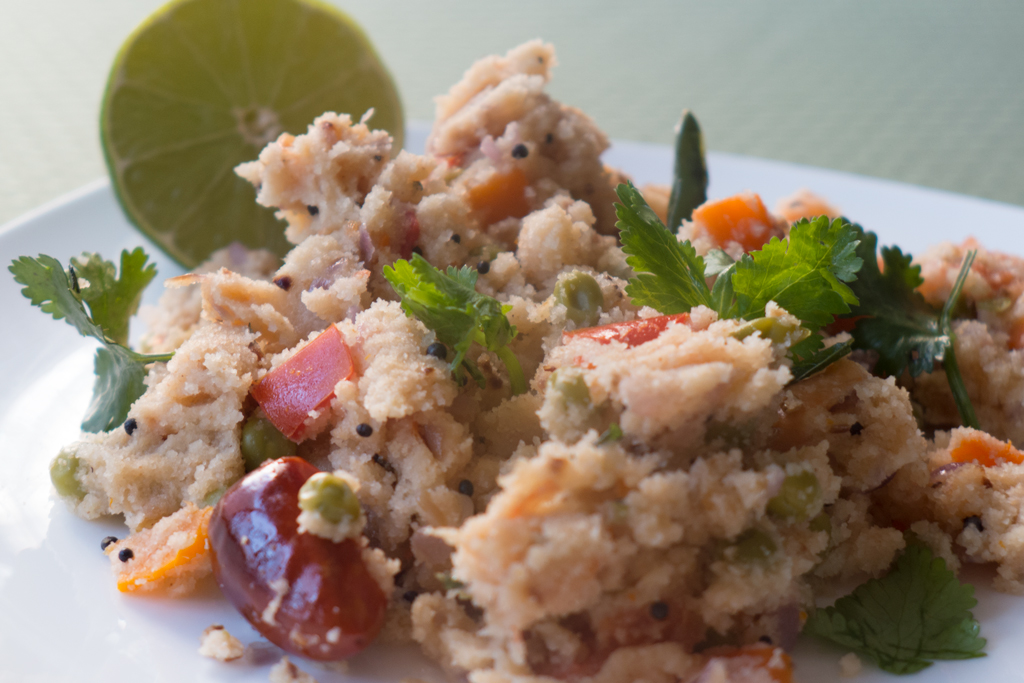
There is more in common between Italian and Indian cuisines than you might imagine. This is likely due to the Muslim influence on both countries. For instance, according to Curry: A Tale of Cooks and Conquerors by Lizzie Collingham, my go-to source on such matters, both risotto and biryani have their origins in pilau, the centerpiece of Persian cuisine. (The Spanish, too, owe paella to pilau.) And, perhaps not coincidentally, both risotto and biryani are notoriously hard to get right – as I can testify from recent experience!. Then there is semolina, out of which – most famously – pasta is made, but also widely used in India where it is known as ‘rava‘ or ‘sooji‘. It is a key ingredient in both savory and sweet dishes ranging from dosa to halwa. (Astonishingly, to me at any rate, according to Wikipedia, the word ‘semolina’ comes – via Latin – from Sanskrit!)
posted by
Samar on
April 27, 2013
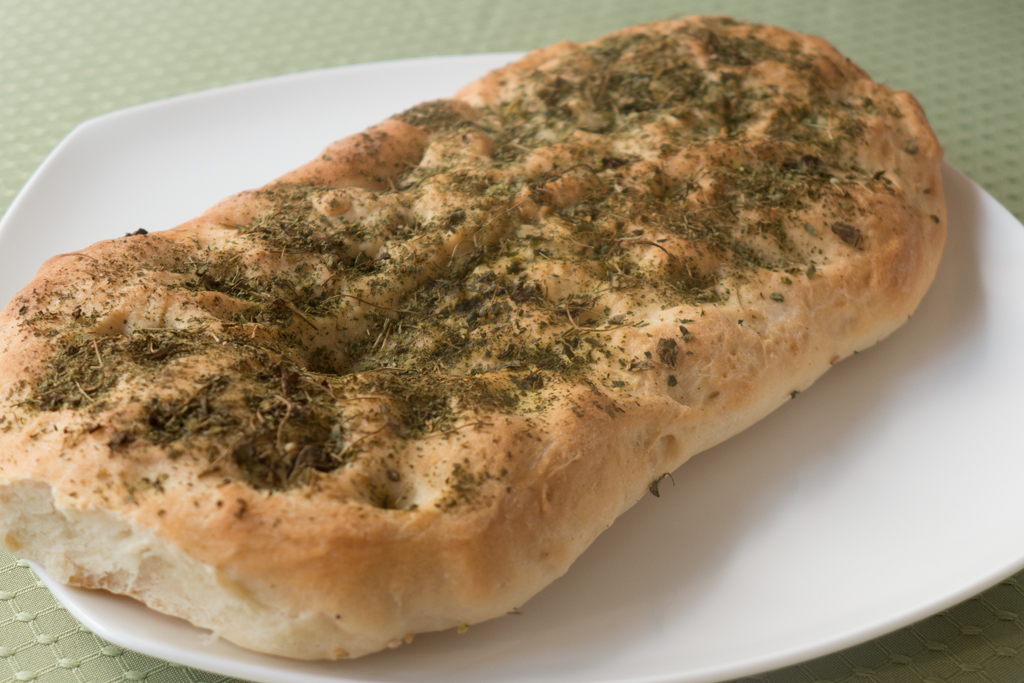
Regular readers of this blog will be quite familiar by now with fenugreek, or methi as it is known in India. The seeds and leaves of this plant, both of which have a unique and slightly bitter taste, are widely used in Indian cuisine. Methi leaves have already featured in a number of posts (see here, here, and here, for example). But dried fenugreek leaves – kasoori methi – is an altogether different beast. Similar to many herbs, the dried version has a much more intense flavor (and a funky aroma to boot!). From chicken curry to grilled fish, ever since I discovered kasoori methi earlier this year I’ve been adding it to everything, including, most recently, bread.
posted by
Samar on
April 20, 2013
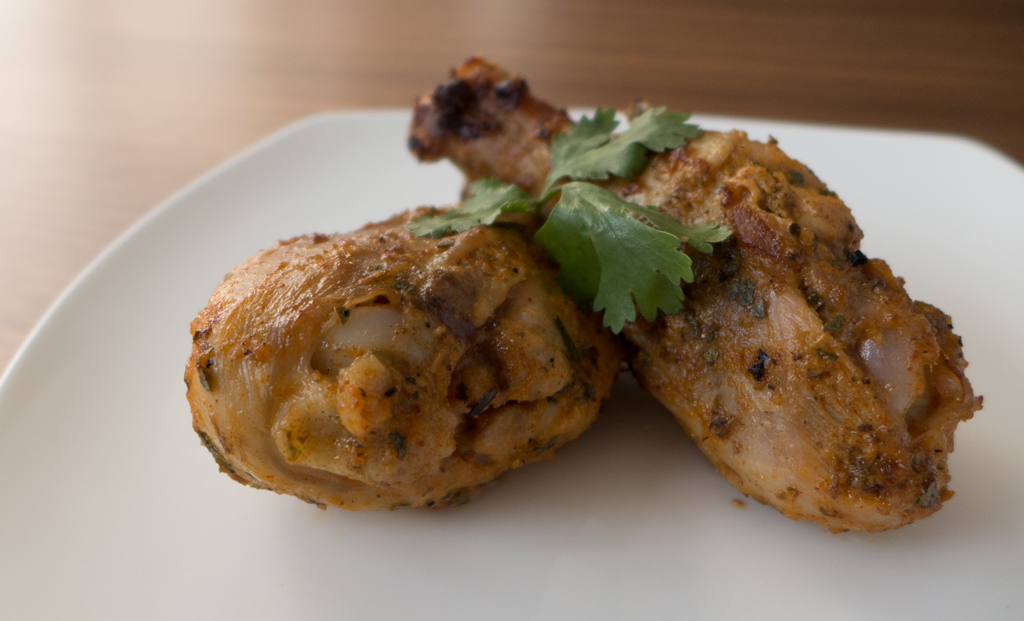
Several years ago I had the opportunity to spend a day in Lisbon. Sadly, I have little recollection of the food I ate during my (admittedly short) stay. My ignorance of Portuguese cuisine has not much improved since then. For, while the food and culture of its Iberian neighbor, Spain, has exploded in popularity, Portuguese food remains largely unknown. This is especially remarkable when you think of the indelible mark Portugal left on, say, Indian cuisine. Potatoes, tomatoes, and chilies – those workhorses of Indian food – were all brought to India via its colony of Goa. Indeed, bacalao aside, vindaloo – available in just about every Indian restaurant in the world – must surely be the most famous Portuguese dish of all! (According to Curry: A Tale of Cooks and Conquerors by Lizzie Collingham, vindaloo is a Goan adaptation of the Portuguese dish carne de vinho e alhos, literally meat with vinegar and garlic.)
posted by
Samar on
April 14, 2013
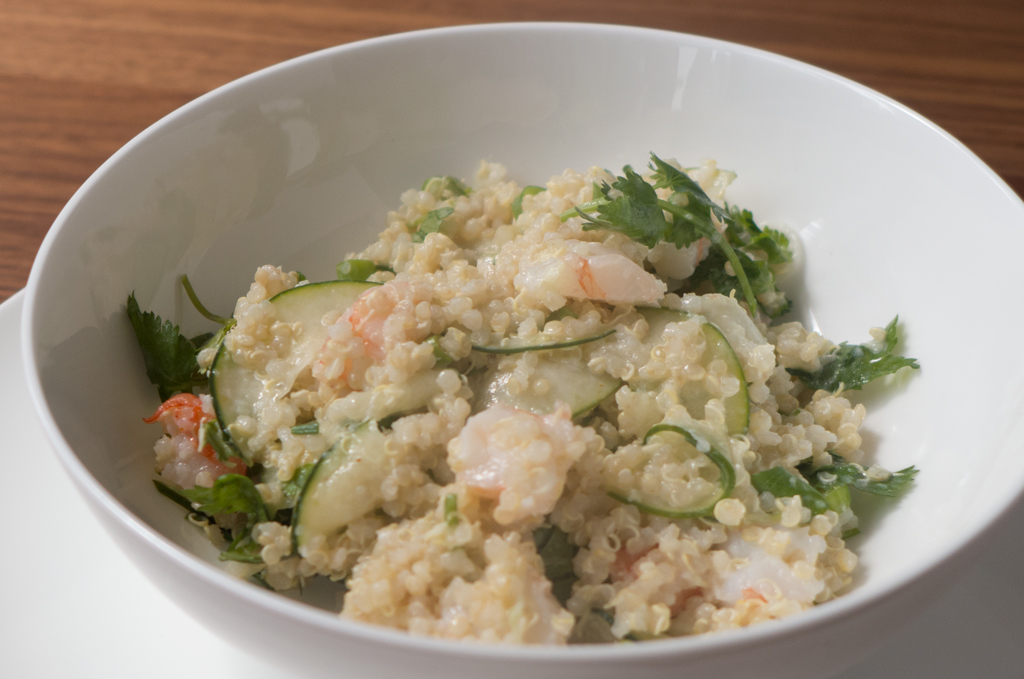
If I had to think back to what started my interest in cooking, it would probably have to be today’s recipe for quinoa and shrimp salad with a tangy yogurt vinaigrette. Not only did it ignite a fascination for food that was both tasty and healthy, it also introduced me to quinoa well before it became a cliche. And it made me an instant fan of the “Recipes for Health” column by Martha Rose Shulman in the New York Times from where the recipe is taken. However, the reason it is one of my go-to dishes is not sentimentality but the fact that its a perfect lunch salad: light yet filling, unfussy, and quite delicious. It is, as they say, an oldie but a goodie.








